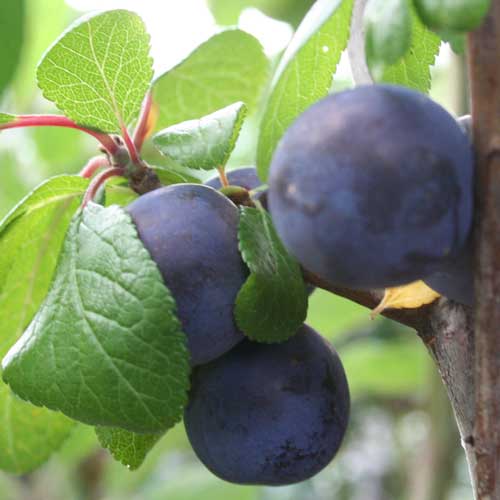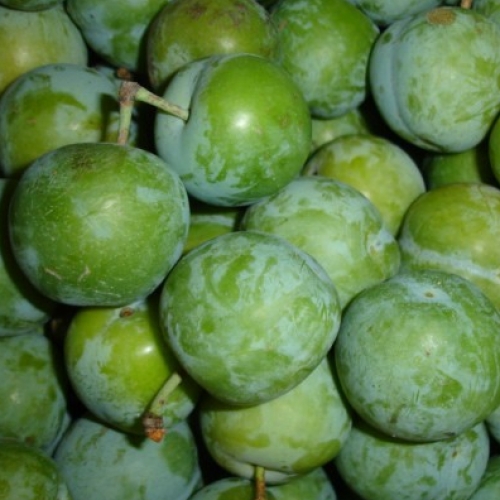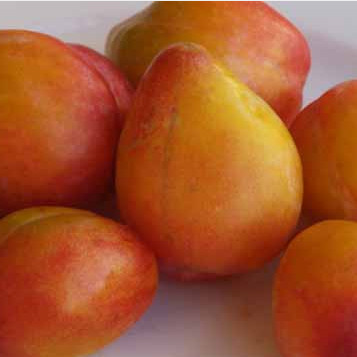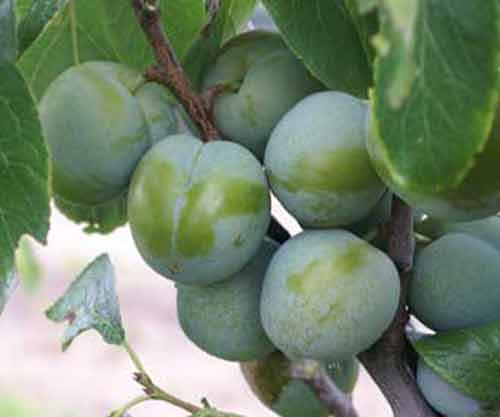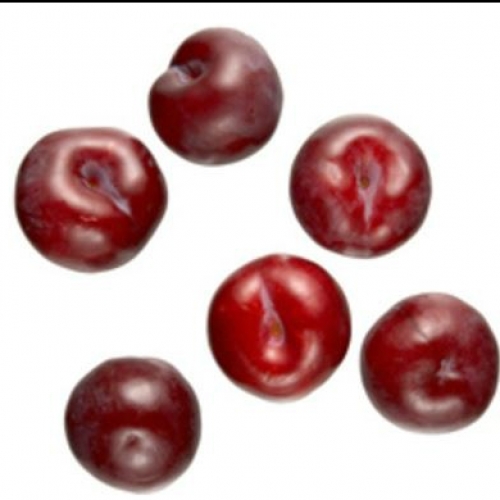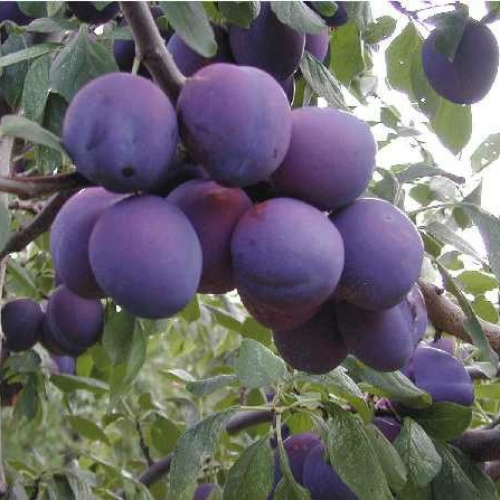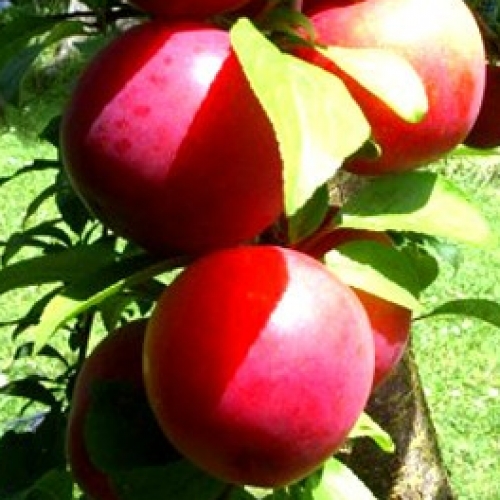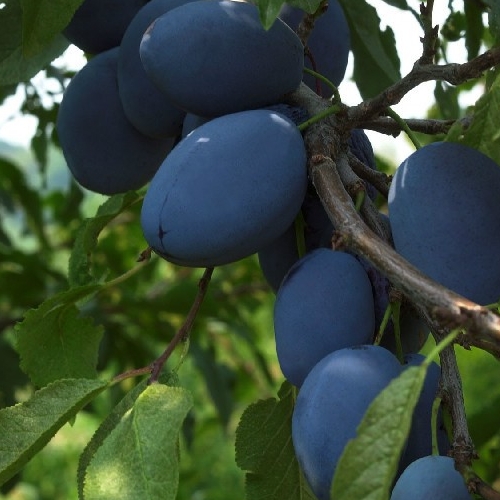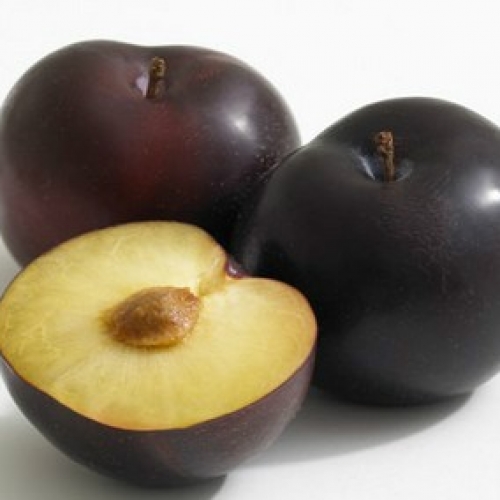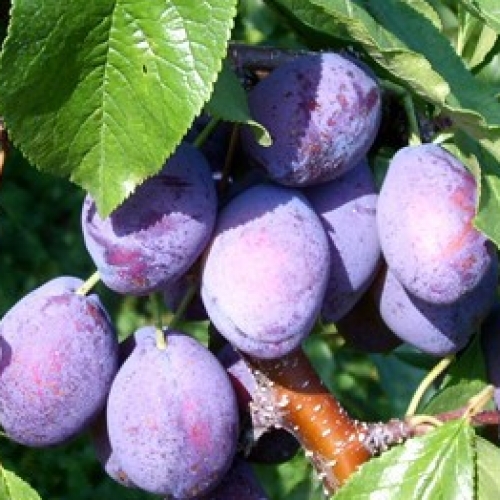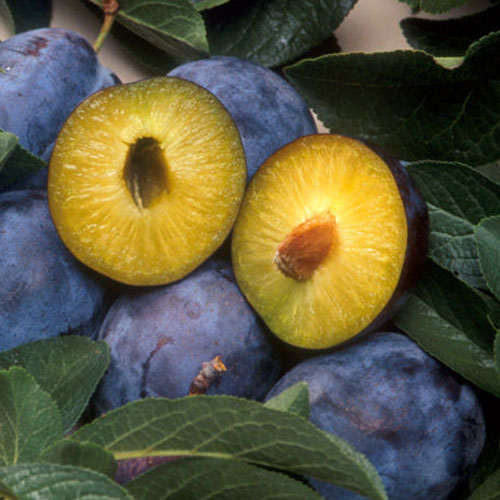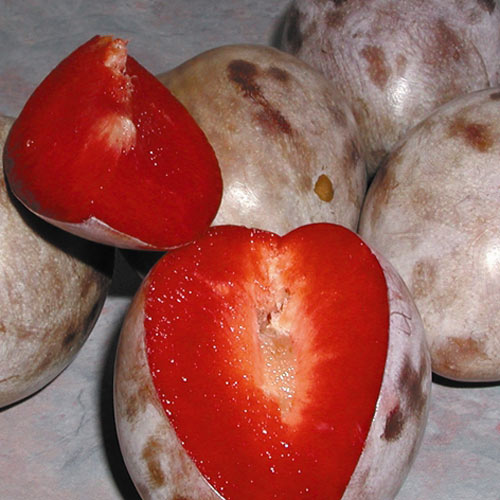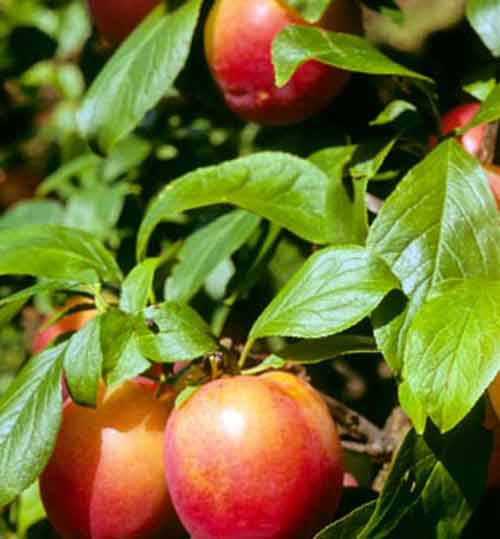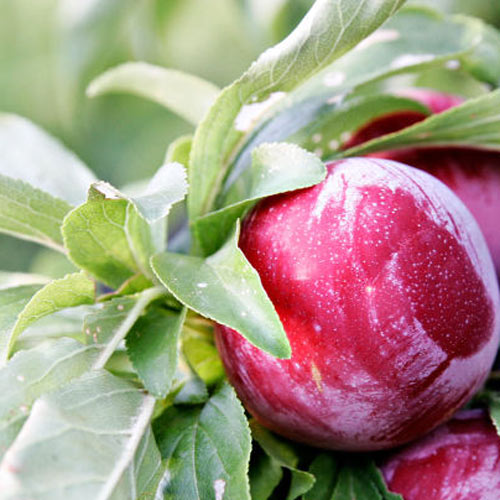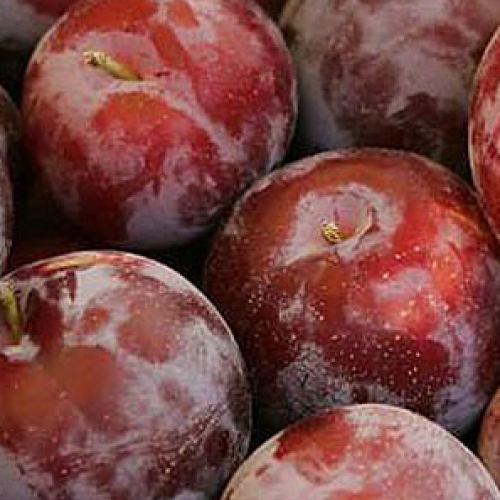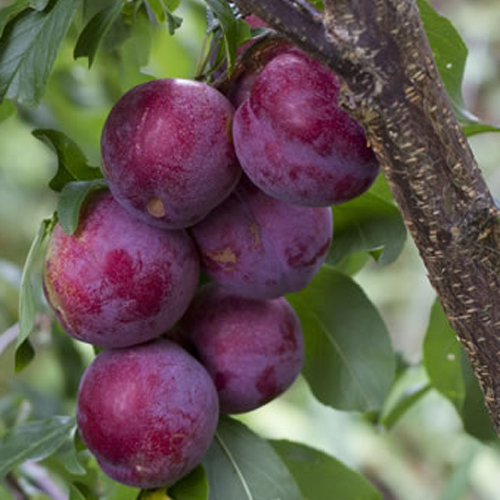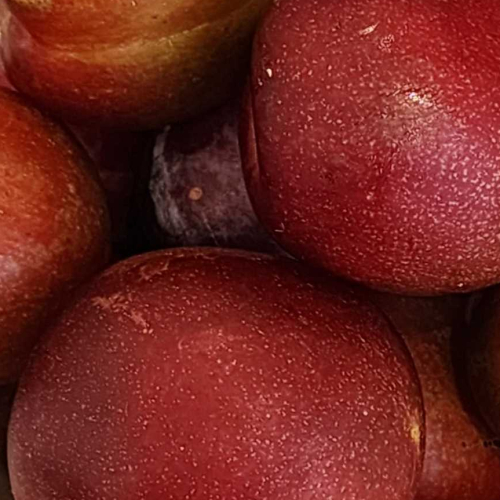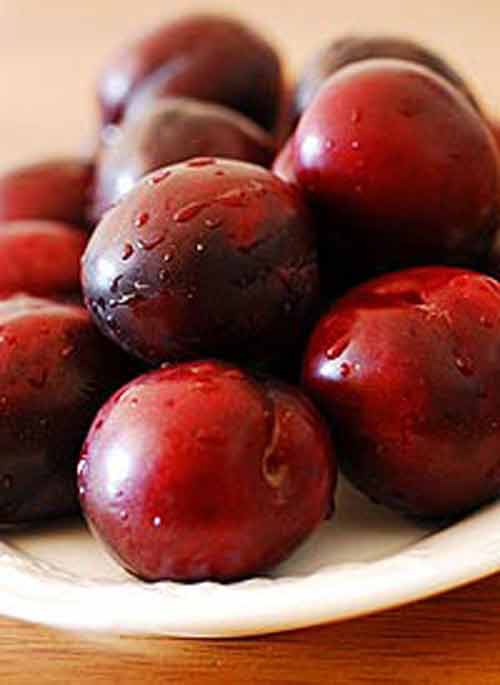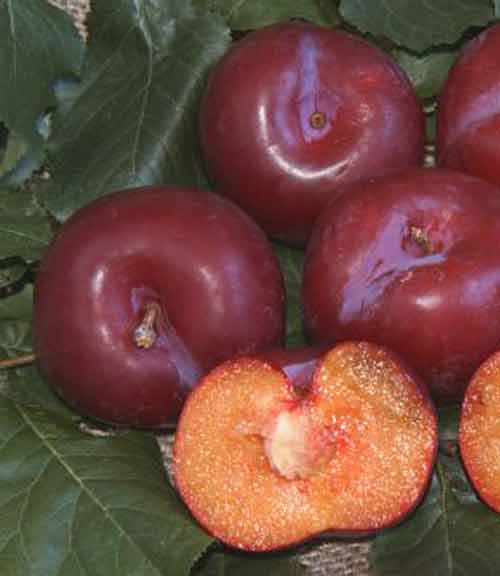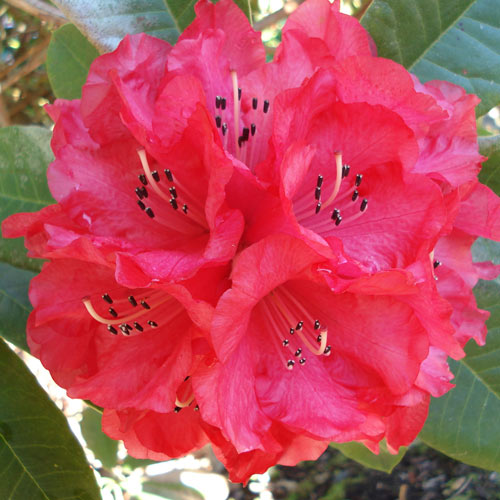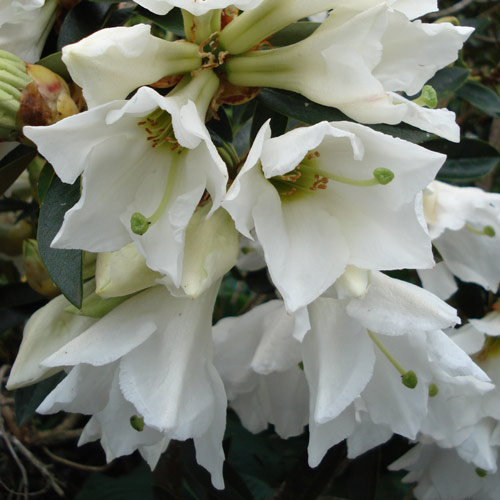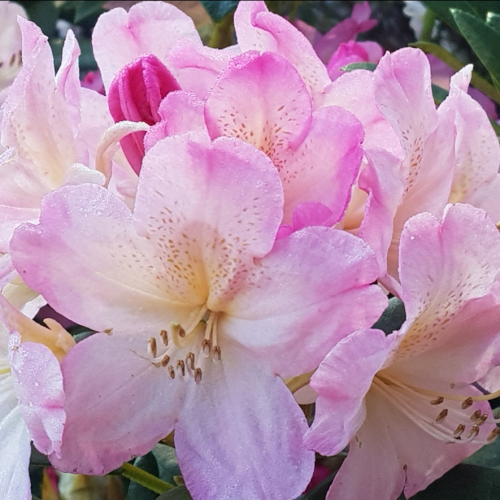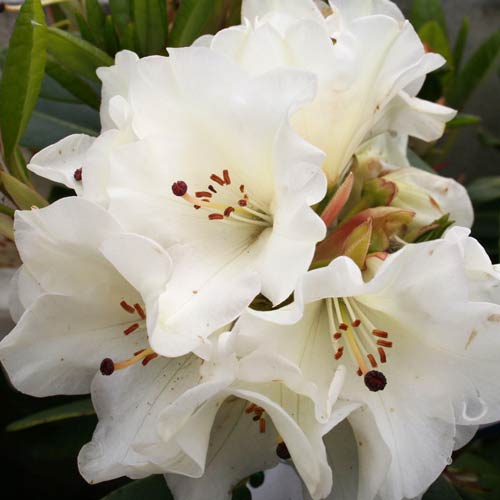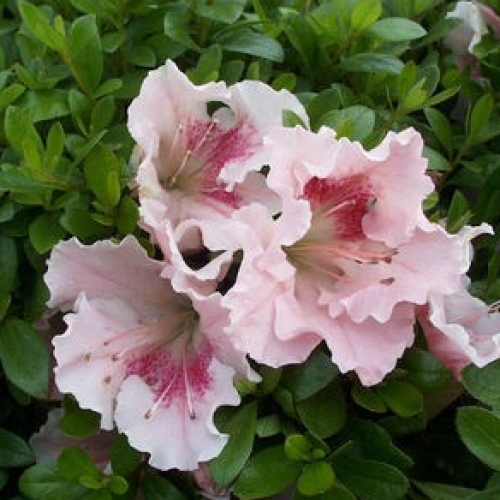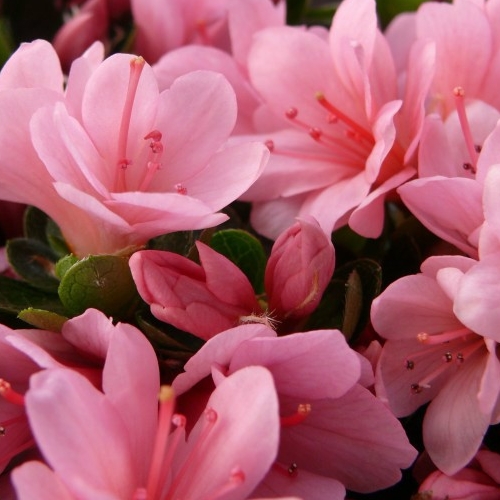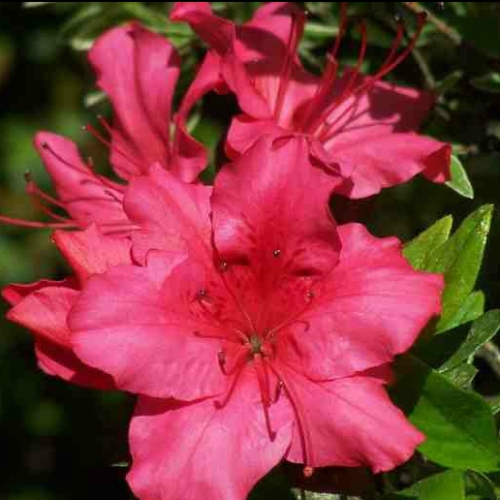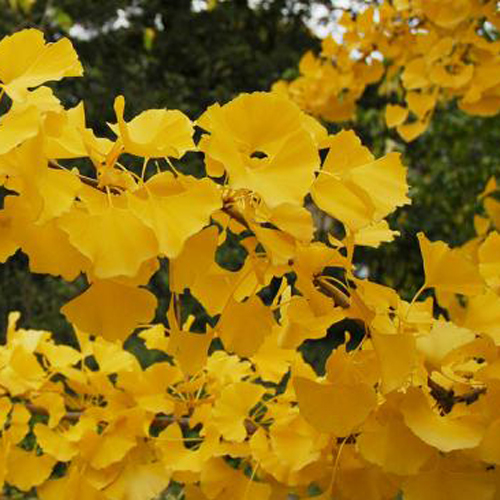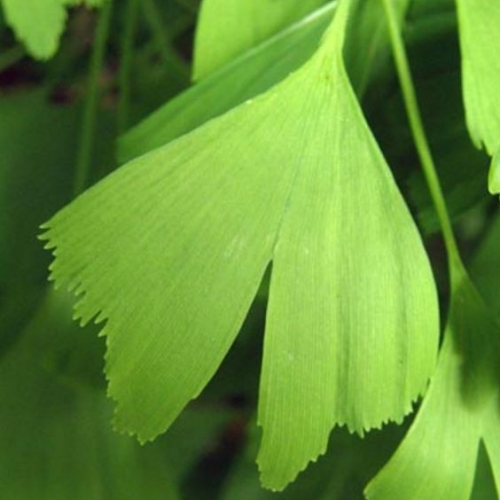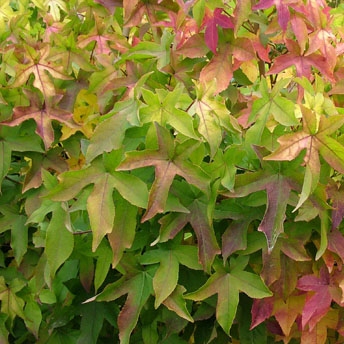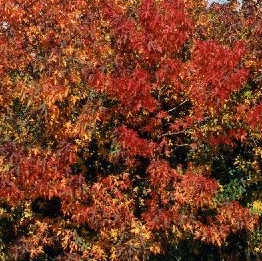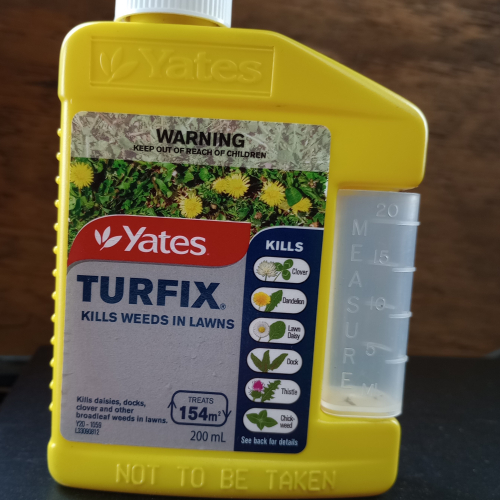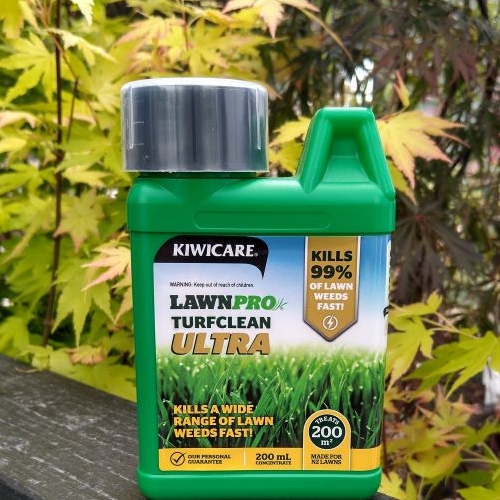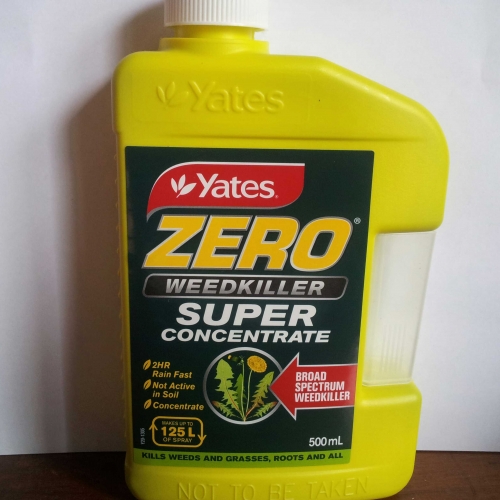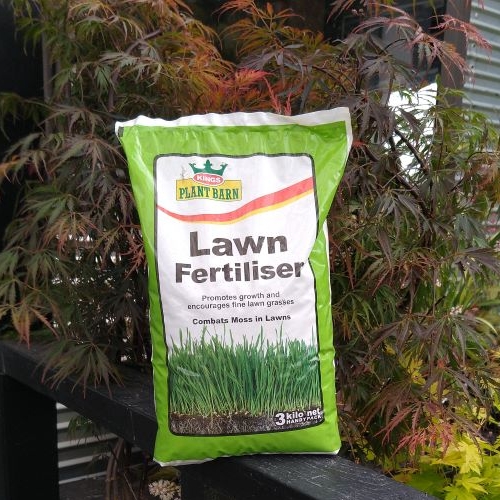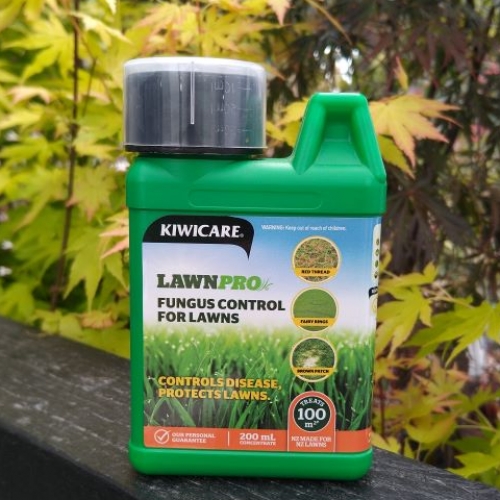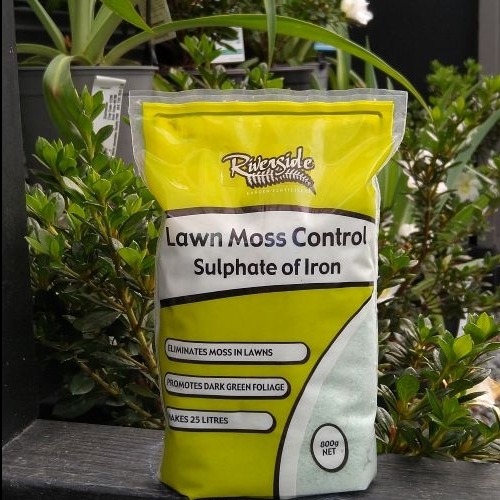Our weekly email news letter. Sign up here to get them delivered straight to your email in box. See below for previous issues...
Please note that product availability and prices may have changed from when this newsletter was sent. Please check this site or phone us for current availability and pricing.
Saturday 1st October, 2022
Last weekend was his 60th birthday, and of course, for anyone turning 60, it is a special occasion.
For most people, the 60th birthday is known as a diamond jubilee. It is an important milestone for most people. The diamond jubilee is commemorated and celebrated with extreme extravagance because the person begins a different life.
We all know that Lloyd is a person full of energy, able to continue with enthusiasm this new Decade, whether working or resting, surrounded by all of us who love him. Happy Birthday, Lloyd!
At home,
we always celebrate birthdays with a birthday cake. It is a family tradition to
bake a special cake for special celebrations.
The most traditional of the Chilean Birthday cakes is the Torta de Milhojas con Manjar, or in English: Thousand Layers Cake filled with Caramel.
Milhojas cakes are ubiquitous in all Latin America. Like many recipes introduced by Spaniards, almost every country has its version.
However,
the Chilean version is one of the most famous ones, often called Torta Chilena
(Chilean cake) in Central America.
For the
traditional Chilean Thousand Layer Cake or Torta de Milhojas, you must fill the
cake with Dulce de Leche (caramel) and walnuts.
If you
don't like it too sweet, you could add in between some layers of vanilla
custard and whipped cream or Chantilly cream.
Also,
adding a few extra layers of plums jam, raspberry jam, or rhubarb jam is
excellent. The tart contrast enhances the overall flavour.
Milhojas
or Thousand Layers Cake Recipe
INGREDIENTS:
The dough: 3 cups sifted flour; 250 grams unsalted butter, cold from the fridge; 3 egg yolks; 3/4 cup milk; 1 tablespoon white rum or brandy; 1 pinch of salt.
The filling: 3 cups of dulce de leche or caramel; 3 cups of custard, 2 1/2 cups chopped walnuts (optional);1 cup of Jam (optional), and 1 can of Caramel.
Steps to make it:
1.Sift the flour andcombine it with salt in a large bowl. Add butter in chunks, egg yolks,milk, and liquor. Work to form a dough of medium consistency.
2.Do not work withyour hands. Use a fork or a stand mixer with the paddle attachment. Do notuse your hands because your body temperature will melt the butter. Somebits of butter must remain in the dough to give its crispness. Don'toverwork the dough.Wrap it in plastic film and put it in the fridge for at least 6 hours.
3.After 6 hours,preheat the oven to 180C.
4.Divide the doughinto 14 equal portions. Roll each piece on a floured baking sheet,parchment paper or Silpat until very thin. Utilizing a paring knife, cutcircles of 8 – 9″ diameter. I usually use a dinner plate as a guide. Piercethe circle of dough with a fork across the entire surface.
5.Bake each circleover an un-greased baking or cookie sheet for 5-7 minutes until golden.Let cool.
6.Assemble the cake,filling each layer with caramel (3-4 tablespoons). Every three layers ofcaramel, add one of custard or jam. Don't forget the ground walnuts also. Save a cup for decoration on top!
7.Cover the wholecake with a thin layer of caramel and sprinkle with a mixture of walnuts,icing sugar, and crumbs.
8.Cover it and letit rest for a few hours in the fridge. Serve at room temperature.


Let's talk about the Rosaceae family:
European Plums, Japanese Plums and some Hybrids are the most cultivated worldwide, many of them you will find in our garden centre. Currently, we have a great variety and quantity of one of the favourite fruit trees for many:
Prunus domestica, European Plums have small, sweet, rounded fruit with solid yellow flesh. Although most European plums are self-fertile, you will produce a better crop if you grow two or more varieties together.
No special European variety is preferred over another as a pollinator.
Prunes are one of the various types of European plums.They have a high enough sugar content to allow growers to dry the plums in the sun without fermenting.
Prunus salicina, Japanese Plums have large attractive fruits with yellow to red flesh, especially in blood plums. They are small flowering trees that bloom earlier in the spring, and their fruits ripen earlier in the summer than European plums. These trees typically require fewer chilling hours than European plums to set fruit.
Santa Rosa, a self-fruitful Japanese cultivar, is reputed to increase the yield of any other Japanese variety when the two cross-pollinate. Japanese plum trees are more likely than European varieties to require cross-pollination.
Let me
recommend some of my favorite Plums:
Plum
Luisa: To me it is the best Japanese plum. As I mentioned in a previous
newsletter, its origin is Hamilton - NZ, so if you are local, you must get one.
Luisa Japanese Plum produces gorgeous, oblong fruits with beautiful, sunset-coloured skin and bright yellow flesh. Fruits are super juicy, flavourful, and are phenomenal when eaten fresh off the tree! Is it self-fertile and super easy to grow.
Plum Santa Rosa: This is another one of my favourites for his flavour. Medium to large purple - skinned fruit with yellow-tinged pink, juicy, tangy flesh. Partially self-fertile, you can improve fertilization with Black Doris. Excellent pollinator. Early to mid-season.
Rhododendrons
and Azaleas:
Rhododendrons and azaleas are in the same plant Genus; Rhododendron. With thousands of varieties, there are rhododendrons and azaleas for just about every landscape situation.
Low-growing ground cover azaleas grow from 30 to 60 cm tall. However, there are others that can grow up to 8m high. The clusters of flowers are tubular, funnel, or bell-shaped, very showy in late spring. Available in many flower colors, including pink, red, white, yellow, and purple.
Rhododendrons tend to be larger shrubs than azaleas and have large blooms and leaves.The leaves of the smaller Azaleas are usually pointed and narrow; the leaves of the rhododendron are generally large and leathery.
Blair has
been tidying up and relocking the ornamental trees with the guys and has asked
me to recommend some...
Ginkgo also called maidenhair tree, deciduous gymnosperm tree native to China. Ginkgo has been planted since ancient times in Chinese and Japanese temple gardens and is now valued in many parts of the world as a fungus- and insect-resistant ornamental tree.
Liquidambar also called Sweet Gum, Star-leaved Gum, Alligator-wood tree among others, is a fabulous eye-catching tree that is at its most impressive in autumn when the foliage is a dazzling array of colour. The leaf s similar in shape to a maple leaf, in summer they are fresh and green, turning in the autumn to shades of yellow, orange, pink and red.
Weed control:
Turfix Lawn Weed Spray Concentrate is a selective, hormonal weedkiller and contains three active ingredients. Controls daisies, clovers, Onehunga weed, catsear, chickweed, chamomiles, docks, thistles and dandelion.
Turfclean Ultra is a fast-acting lawn weed killer that controls the broadest range of lawn weeds. Kills broadleaf weeds including dandelion, clover, Hydrocotyle, Onehunga, selfheal, speedwell, oxalis, daisies, dock, plantain and more.
Yates
Hydrocotyle Killer is a selective weedkiller for the control of hydrocotyle,
creeping oxalis and other broadleaf weeds (including daisies and clover) in
grass lawns.
Chem Zero
Super Concentrate Zero Super Concentrate is an effective and economical broad
spectrum weedkiller. Kills weeds and
grasses, roots and all.
Lawn fungal diseases cause stress, browning out and death of lawn grasses. Lawns are susceptible in warm damp conditions. Protects lawn grasses from fungal disease. Can also be used to repel rabbits and possums.
Lawn Control Controls clover and moss in lawns. Greens foliage of plants which suffer iron deficiency. Improves the colour of grass and aids in controlling broadleaf weeds.
Archived by year 2022 | 2021 | 2020 | 2019 | 2018 | 2017 | 2016 | 2015 | 2014 | 2013 | 2012 | 2011 | 2010 |
2022 Newsletters...
Autumn already 22 (5th March, 2022)
New Season Camellias (12th March, 2022)
Little Flowered Camellias (19th March, 2022)
Feijoas (26th March, 2022)
Michelia Magnolias (2nd April, 2022)
Infections (9th April, 2022)
Rhododendrons (15th April, 2022)
Cone bush and Crete pottery (23rd April, 2022)
Wax Scale (29th April, 2022)
Living Fashion (7th May, 2022)
Plants for Hedging (14th May, 2022)
Pumpkin Soup (29th May, 2022)
Banksia names (4th June, 2022)
Reveg project (18th June, 2022)
Hybrid Tea or Floribunda (2nd July, 2022)
Blue roses (16th July, 2022)
Red Roses (30th July, 2022)
Thank you, Muchas Gracias (7th August, 2022)
Busy Time (27th August, 2022)
Spring time... or not? (3rd September, 2022)
Flower addiction (10th September, 2022)
Prunus persica are our peaches (17th September, 2022)
Prunus Armeniaca are our Apricots (24th September, 2022)
..... Prunus domestica are our Plums
An apple a day ..... (8th October, 2022)
Codlin moth traps (15th October, 2022)
Labour Day Monday (22nd October, 2022)
Pots galore in store (29th October, 2022)
Old Rose, Tea, Myrrh, Fruit or Musk? (5th November, 2022)
Full Moon (12th November, 2022)
Winning roses (19th November, 2022)
Christmas trees (26th November, 2022)
Trim, Cut and Lift (3rd December, 2022)
22 done and dusted (10th December, 2022)
HL Nurseries Limited t/a Wairere Nursery
826 Gordonton Road, R D 1, Hamilton 3281 Ph: (07) 824 3430 Email:
